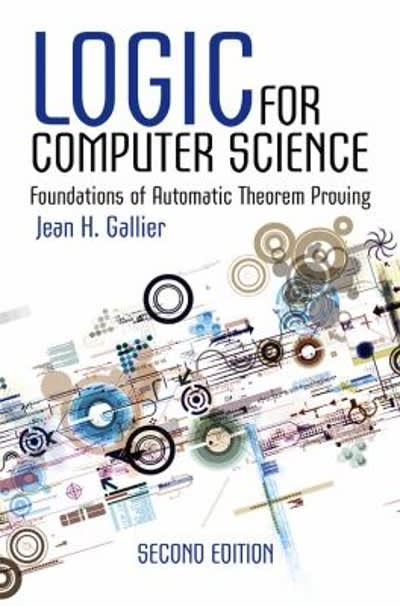Answered step by step
Verified Expert Solution
Question
1 Approved Answer
1.) After a rupture, oil begins to escape from an underwater well. If, as the oil rises, it forms a circular slick whose radius increases
1.) After a rupture, oil begins to escape from an underwater well. If, as the oil rises, it forms a circular slick whose radius increases at a rate of 0.42 ft/min, find the rate at which the area of the spill is increasing when the radius is 120 ft. Present your answer rounded to three decimal places. 2.) A cistern in the shape of a cone 4 m deep and 2 m in diameter at the top is being filled with water at a constant rate of 3 m'/min. (a) At what rate is the water rising when the water in the tank is 3 m deep? Present your answer to three decimal places. m/min (b) If, when the water is 3 m deep, it is observed that the water rises at a rate of 0.5 m/min, at what rate is water leaking from the tank? Present your answer to three decimal places. Hint: The volume V of a cone of radius r and height h is V = -rrh. 3.) A gas is said to be compressed adiabatically if there is no gain or loss of heat. When such a gas is diatomic (has two atoms per molecule), it satisfies the equation PV4 = k, where k is a constant, P is the pressure, and V is the volume. At a given instant, pressure is 20 kg/cm, the volume is 32 cm, and the volume is decreasing at the rate of 2 cm/min. At what rate is the pressure changing? Present your answer to three decimal places. If possible could you do these 3 questions. :(( I am really stuck on them. Thank you
Step by Step Solution
There are 3 Steps involved in it
Step: 1

Get Instant Access to Expert-Tailored Solutions
See step-by-step solutions with expert insights and AI powered tools for academic success
Step: 2

Step: 3

Ace Your Homework with AI
Get the answers you need in no time with our AI-driven, step-by-step assistance
Get Started


